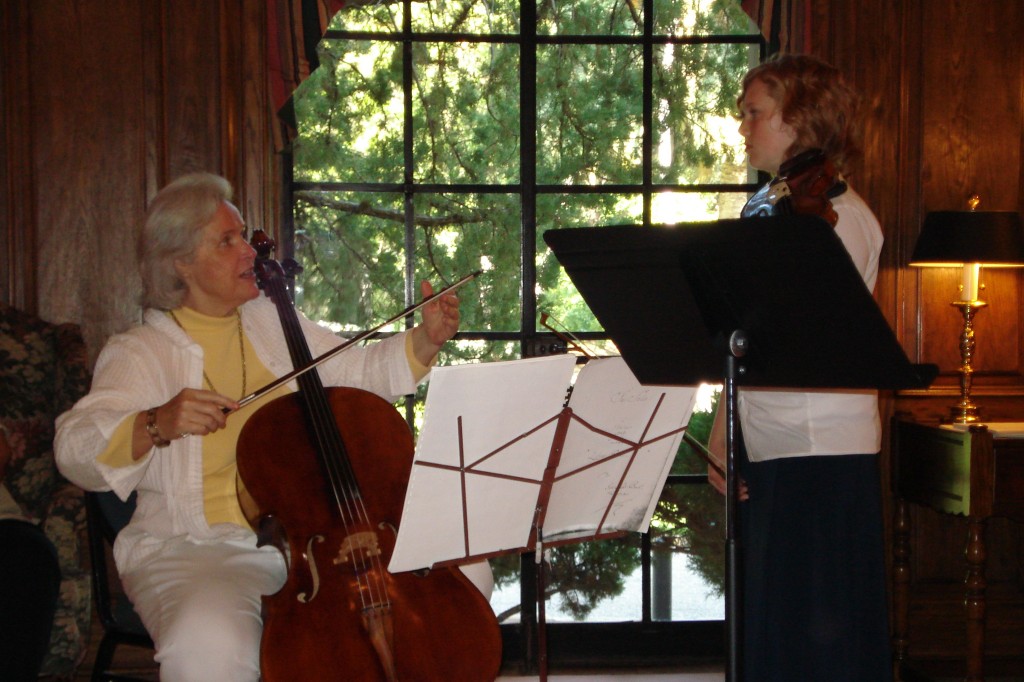When I am asked how I teach, I really never know how to respond. There are no two students alike – and therefore one cannot have a one-size-fits-all approach to teaching. It is important to deal with each student where he or she is – technically, mentally, physically and spiritually.
The aim of all teaching should be to equip students with the necessary skills and concepts to continue on when they are on their own and encountering new works. This includes developing the knowledge and musical intuition to see what the musical image of the piece is and how to bring their technical skills to achieve that end.
As students grow they should be encouraged to work out appropriate bowings and fingerings on their own and no longer be dependent upon simply copying out the teacher’s bowings and fingerings. To this end, teachers should discuss with the student the logic (musical and/or technical) behind a given bowing or fingering. The student should also be encouraged to experiment on his own with different bowings and fingerings and then evaluate them together with the teacher.
On bowing
The bow is to string players what the breath is to wind players and singers. Students should be encouraged to develop a sense of where the line of the music goes and learn how to use the bow to bring out that line – one shouldn’t allow the bow, out of convenience or for any other reason, to contradict the shape of the musical line.
On the left hand
The left hand should be alive with a sense of the flow of the music. This can only be achieved with a relaxed left hand which works in tandem with the ear and the musical imagination, and responds fluidly to the promptings of both.

On technique
The concept of technique should be absorbed into the music rather than exist as a separate entity. Technique should grow out of what is needed for the music.
On the use of metaphor
I find metaphor to be the easiest way to convey the concept of a line or a phrase. As the saying goes, “a picture is worth a thousand words.”
